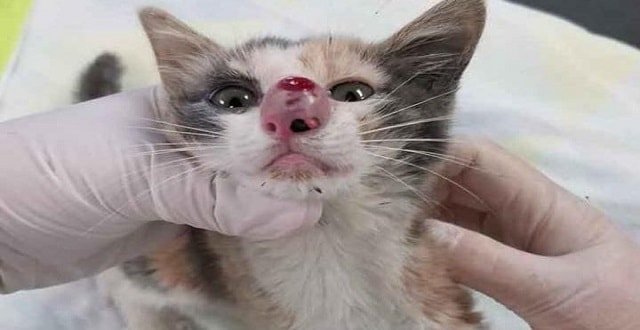Cats have some of the most unique eyes in the whole animal world: Instead of having circular pupils like humans, the black parts in the centers of their eyes are vertical – which can adapt quickly and can open and close as quickly as snapping a photo. What makes cat eyes so special? It all comes down to how they use their vision, new research suggests.
By analyzing 214 different species of land animals, researchers at UC Berkeley found that the way animals spend their days determines the shape of their pupils. The team published their study on 7 August 2015 in the journal called Science Advances.
Pupil shape and size determines just how much light gets to the eyes – and is then translated by the brain into a picture of the world around us. When it’s nighttime for us humans, out our pupils expand to let in more light and enhance our vision, but when it’s bright out, our pupils get smaller to prevent over-stimulation. Cat eyes do the same thing, but with much more finesse than human eyes.
Previous research suggests that the thin-slitted pupils of domesticated house cats and other predatory animals allow for a wider range of muscle movements and for more light to enter the eye.
Thin slits in cats – as opposed to circular pupils – allow for a huge change between the constricted and dilated states of the eye, and are capable of undergoing a 135-to-300-fold change in area. Human pupils, for comparison, can only change their pupil area 15-fold, according to a press release from UC Berkeley.
Since cats are nocturnal and are mostly active at night, this gives them a huge advantage when they are on the hunt. They can open their pupils super-wide, allowing even small amounts of light into their eyes so they can see better on dark nights, while also being able to squeeze them down to a tiny slit during the day.
Since humans mostly operate during the day and sleep when it’s dark out, our pupils don’t have to adapt to as many different levels of light.
There are even a bunch of animals – grazing sheep, deer, and horses – that have super-strange horizontal pupil slits. Using computer models, Banks found that these animals are able to see an expanded panoramic field of view, even when their head is positioned down to eat.
“The first key visual requirement for these animals is to detect approaching predators, which usually come from the ground, so they need to see panoramically on the ground with minimal blind spots,” study author Martin Banks, a professor of optometry at Berkeley, stated in a press release. “The second critical requirement is that once they do detect a predator, they need to see where they are running. They have to see well enough out of the corner of their eye to run quickly and jump over things.”
The team found that horizontally-slitted pupils minimize how much light from the sun above gets directly into their eyes, helping them to see the ground better. And after spending hours at the Oakland Zoo, Banks found that the eyeballs of many grazers – such as horses, goats, and deer – also rotate when their heads are lowered down to keep the line of their pupils parallel to the ground.
The vertical pupil slits found in cats, snakes, and crocodiles also give these predators a keen competitive edge, the team found, by allowing them to better approximate their prey’s distance by honing their depth perception and focus on the target. But not all large predators have these vertical slits.
Larger cats like lions and tigers have circular pupils, more like humans. The team hypothesises this difference in pupil shape may be due to their enormous size. Since larger predators are further away from the ground than their shorter counterparts, such as the domesticated cat, their eyes don’t have to pull as many tricks to zero in on a target.
All this eye complexity leaves a lot of questions unanswered, leading some researchers to doubt the paper’s conclusions.
“There are so many exceptions to the rules the authors think to have discovered, that there must be much more to pupil shape than being predator or prey, big or small,” Ronald H.H. Kröger, a biologist from Lunds University, stated to The New York Times.
This study is just another piece of the puzzle of how truly diverse and remarkable eyes and vision are.
And now, next time your cat gives you the slitted-pupil-side-eye, you’ll know that it appears the way it does because of its intent to kill.









